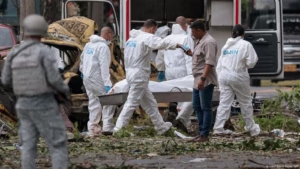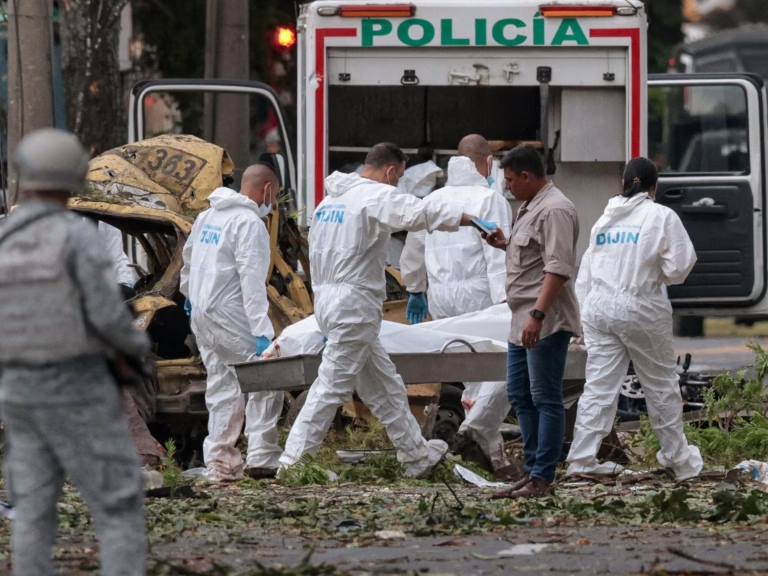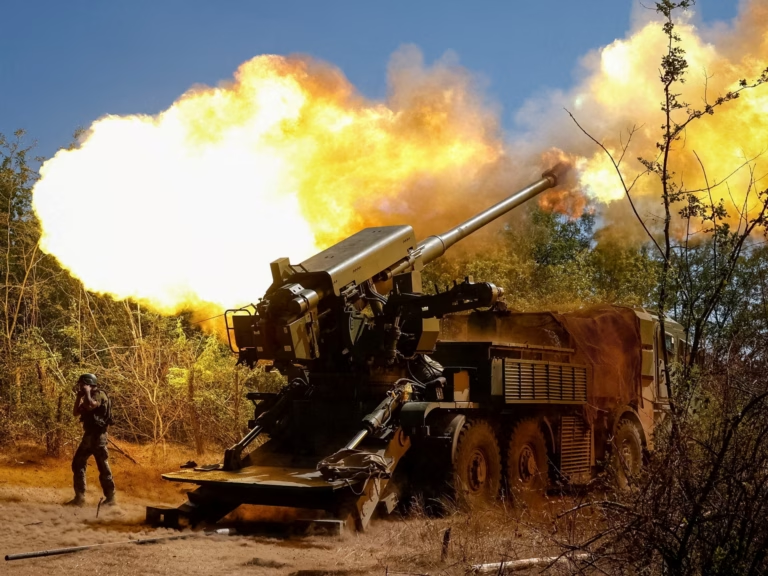In the wake of a devastating magnitude 7.7 earthquake, rescue teams in Myanmar’s second-largest city, Mandalay, are facing significant challenges in saving those trapped under the rubble of collapsed buildings. The earthquake caused widespread destruction, including toppled buildings, collapsed bridges, and severely damaged infrastructure, with its impact felt across the region.
Throughout Mandalay, every street is strewn with the remnants of fallen structures. Residents, distraught by the damage to their homes and businesses, anxiously await the arrival of rescue crews and any assistance from the government, which has not yet materialized.
One Mandalay resident, Sandar Win, described the harrowing ordeal of her six-year-old son, who was trapped under debris and suffered a fractured pelvis. Despite the overcrowded conditions at Mandalay General Hospital, Sandar Win was forced to seek help at a private facility, where her son is currently undergoing surgery. Her concern for her son’s condition is palpable as she expresses her anguish over his suffering.
Shops, restaurants, and teahouses remain closed, and petrol stations are crowded with people seeking fuel for generators, as the city of over 1.5 million experiences widespread power outages. Rescue efforts have extended to Pyin Oo Lwin, a hill town about 40 miles east of Mandalay, popular among tourists and visitors.
Rescue worker Wai Phyo acknowledges the heroic efforts of the search and recovery teams, despite being hindered by the scale of destruction and a lack of proper equipment. Communications are also a significant challenge, with phone lines and internet access severely limited. Wai Phyo criticizes the military’s presence, emphasizing the need for effective aid rather than their intervention.
Reuters reports that rescue workers have had to borrow machinery from private businesses to clear debris, with some citizens turning to social media to appeal for equipment donations to support the rescue efforts. The initial focus on rescue is gradually transitioning to recovery as the possibility of finding survivors dwindles.
In Bangkok, Thailand, rescue operations are concentrated on a collapsed 30-storey building under construction, where dozens of workers are believed to be trapped. Despite the city’s distance from the epicenter, at least 10 people lost their lives on Friday. Rescue worker Atikom Watkoson explains the difficulties in locating the missing individuals and emphasizes the ongoing efforts to clear the debris and identify any survivors.
Engineers and officials in Bangkok are inspecting the structural integrity of the city’s skyscrapers, with residents reporting cracks in walls and floors of high-rise buildings. While the city has quickly returned to normalcy, with airports, light rail systems, and most shops and restaurants resumed operations, the Bangkok Metropolitan Administration has established an online portal for residents to report building damage.
Thailand’s Deputy Prime Minister Anutin Charnvirakul reassures the public that all available resources are being utilized to search for survivors and recover the deceased, stating, “We always have hope” while emphasizing the round-the-clock efforts underway.
Throughout Mandalay, every street is strewn with the remnants of fallen structures. Residents, distraught by the damage to their homes and businesses, anxiously await the arrival of rescue crews and any assistance from the government, which has not yet materialized.
One Mandalay resident, Sandar Win, described the harrowing ordeal of her six-year-old son, who was trapped under debris and suffered a fractured pelvis. Despite the overcrowded conditions at Mandalay General Hospital, Sandar Win was forced to seek help at a private facility, where her son is currently undergoing surgery. Her concern for her son’s condition is palpable as she expresses her anguish over his suffering.
Shops, restaurants, and teahouses remain closed, and petrol stations are crowded with people seeking fuel for generators, as the city of over 1.5 million experiences widespread power outages. Rescue efforts have extended to Pyin Oo Lwin, a hill town about 40 miles east of Mandalay, popular among tourists and visitors.
Rescue worker Wai Phyo acknowledges the heroic efforts of the search and recovery teams, despite being hindered by the scale of destruction and a lack of proper equipment. Communications are also a significant challenge, with phone lines and internet access severely limited. Wai Phyo criticizes the military’s presence, emphasizing the need for effective aid rather than their intervention.
Reuters reports that rescue workers have had to borrow machinery from private businesses to clear debris, with some citizens turning to social media to appeal for equipment donations to support the rescue efforts. The initial focus on rescue is gradually transitioning to recovery as the possibility of finding survivors dwindles.
In Bangkok, Thailand, rescue operations are concentrated on a collapsed 30-storey building under construction, where dozens of workers are believed to be trapped. Despite the city’s distance from the epicenter, at least 10 people lost their lives on Friday. Rescue worker Atikom Watkoson explains the difficulties in locating the missing individuals and emphasizes the ongoing efforts to clear the debris and identify any survivors.
Engineers and officials in Bangkok are inspecting the structural integrity of the city’s skyscrapers, with residents reporting cracks in walls and floors of high-rise buildings. While the city has quickly returned to normalcy, with airports, light rail systems, and most shops and restaurants resumed operations, the Bangkok Metropolitan Administration has established an online portal for residents to report building damage.
Thailand’s Deputy Prime Minister Anutin Charnvirakul reassures the public that all available resources are being utilized to search for survivors and recover the deceased, stating, “We always have hope” while emphasizing the round-the-clock efforts underway.






